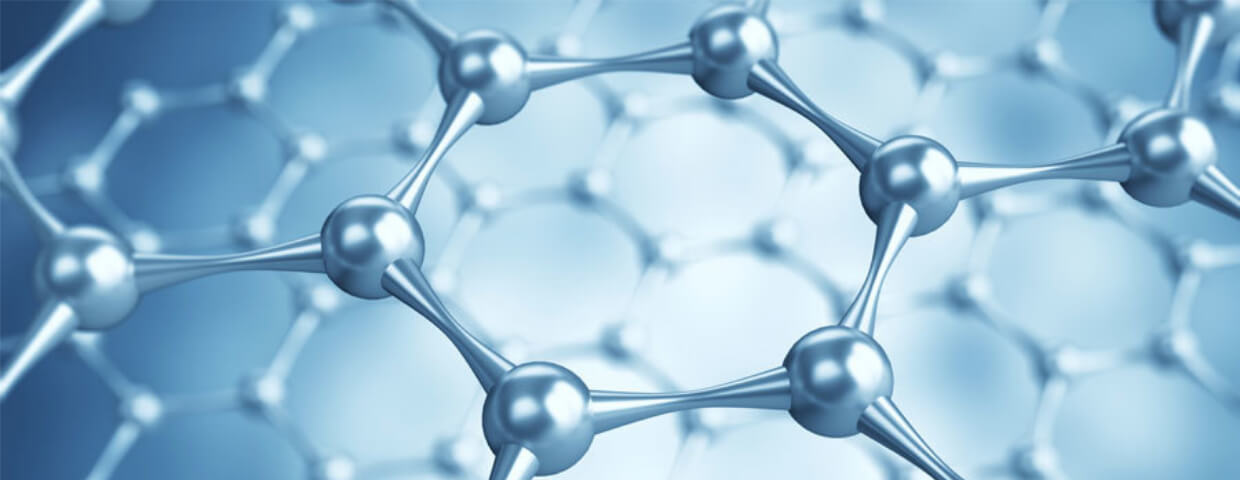
Parylene is a highly useful material in the manufacturing of various electronic components, including medical devices, printed circuit boards (PCBs), sensors, and more. However, there may come a time when it is necessary to remove parylene coatings or residues from a substrate. This could be due to manufacturing defects, design changes, or other reasons. In this blog post, we will cover the basics of parylene removal, including methods, precautions, and best practices.
What is Parylene?
Parylene is a generic name for a family of polymers that are applied as a thin film coating through a chemical vapor deposition (CVD) process. The parylene family includes various types, such as parylene C, N, D, and AF4. The unique properties of parylene coatings include high dielectric strength, biocompatibility, chemical inertness, and high barrier properties against moisture, gases, and solvents.
Methods of Parylene Removal
-
Mechanical Removal: One method for removing parylene is mechanical removal, which involves the use of physical force to scrape or peel off the coating. This method is effective for removing large amounts of parylene, but it can also damage the underlying substrate.
-
Solvent-based Removal: Another method for removing parylene is solvent-based removal. This method involves the use of a solvent that dissolves the parylene coating, allowing it to be wiped or rinsed away. Common solvents used for parylene removal include N-Methyl-2-pyrrolidone (NMP), dimethyl sulfoxide (DMSO), and tetrahydrofuran (THF). However, this method requires careful handling of the solvent, as some solvents can be hazardous.
-
Plasma Etching: A third method for parylene removal is plasma etching, which uses a low-pressure gas plasma to remove the coating. This method is effective for removing thin layers of parylene, but it can also damage the substrate if not done correctly.
Precautions and Best Practices
-
Safety Precautions: When using any of the parylene removal methods, it is important to follow safety precautions, including wearing appropriate personal protective equipment (PPE) and working in a well-ventilated area. Solvent-based removal methods require extra care, as some solvents can be hazardous.
-
Compatibility Testing: Before attempting to remove parylene from a substrate, it is important to perform compatibility testing on the substrate and removal method. This will help ensure that the removal method does not damage the underlying substrate or affect its functionality.
-
Proper Equipment: Depending on the parylene removal method, specialized equipment may be necessary, such as a plasma etching system or a fume hood. It is important to use the proper equipment and follow manufacturer instructions to ensure safe and effective parylene removal.
Conclusion
In summary, parylene removal can be achieved through mechanical, solvent-based, or plasma etching methods. When attempting to remove parylene, it is important to follow safety precautions, perform compatibility testing, and use proper equipment. By following these best practices, parylene removal can be done effectively and safely, allowing for the successful completion of manufacturing or design changes.



